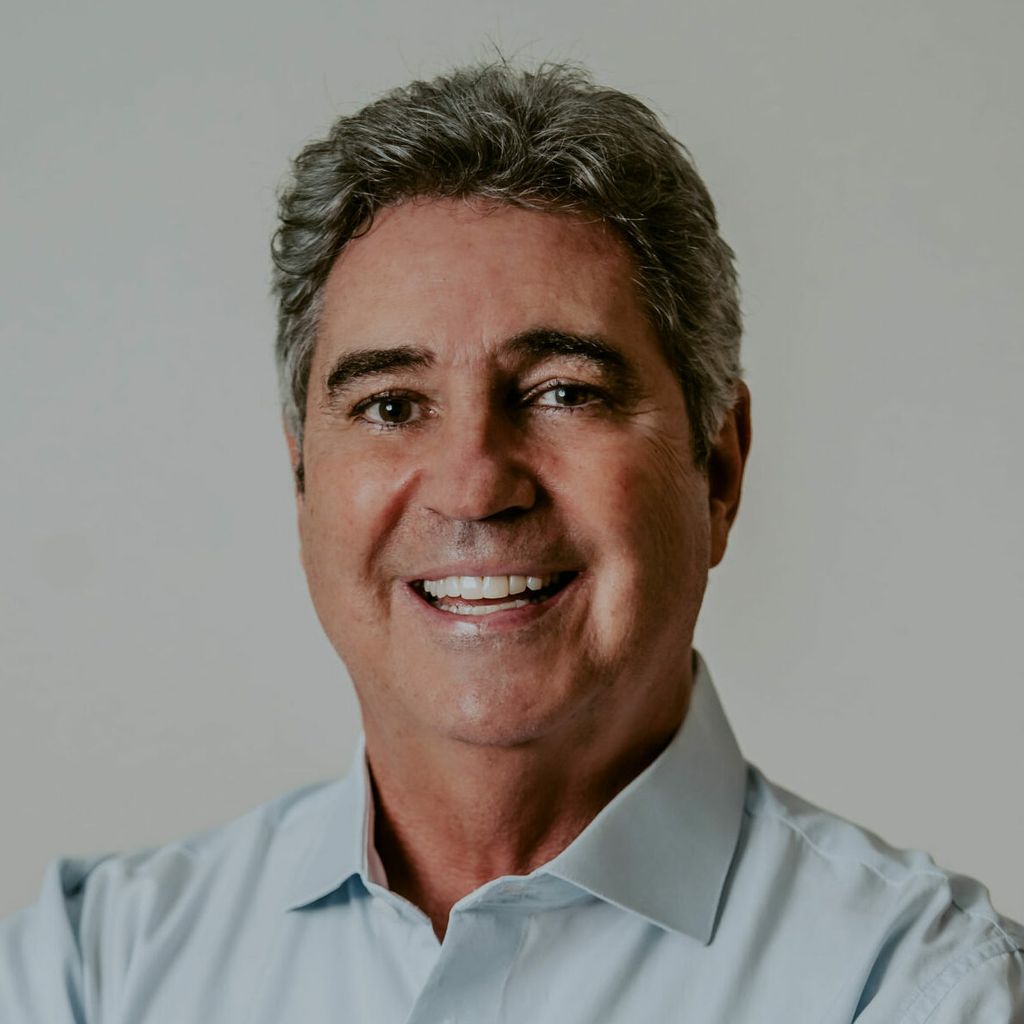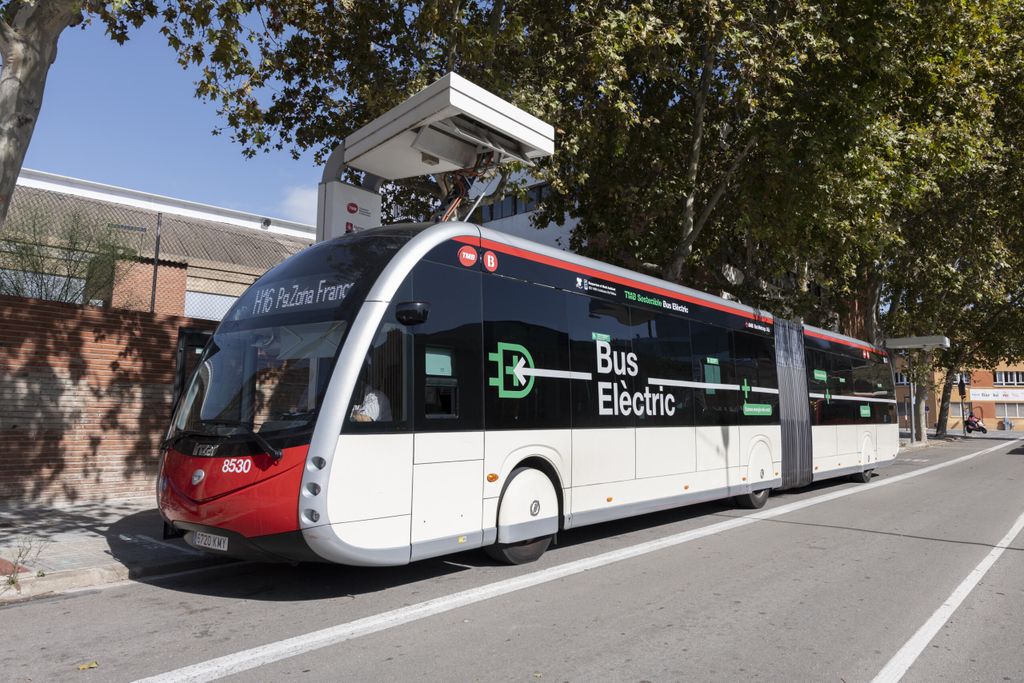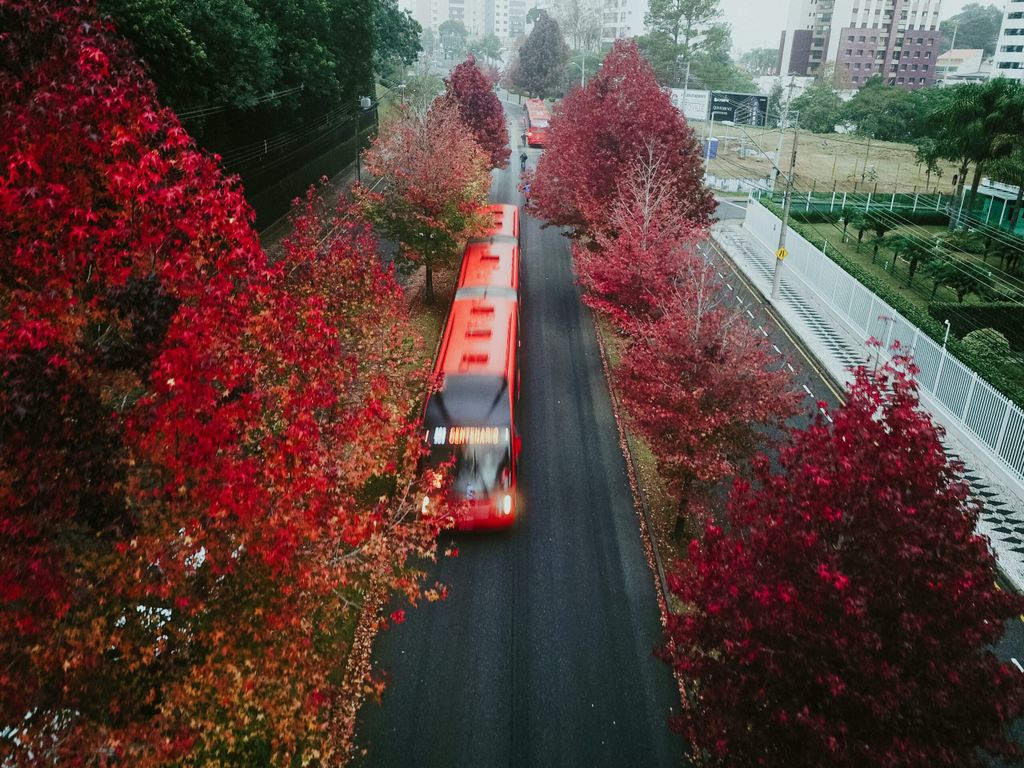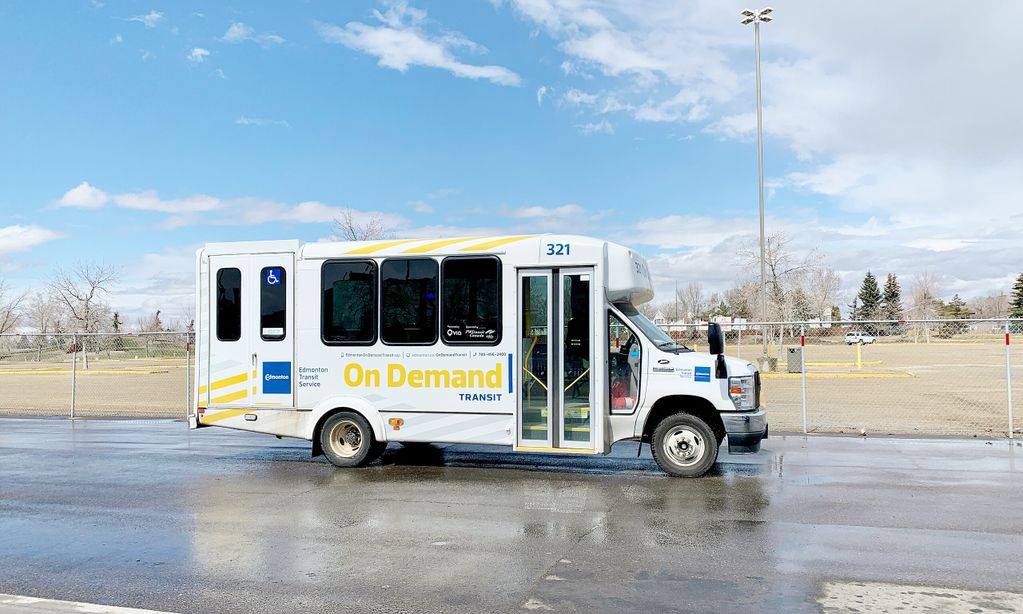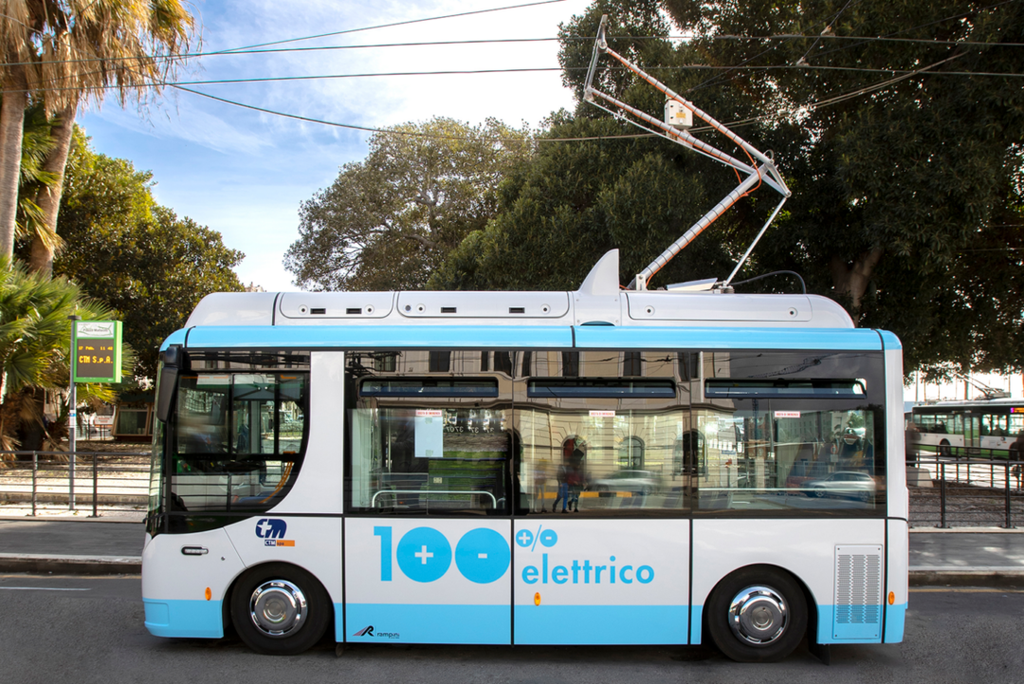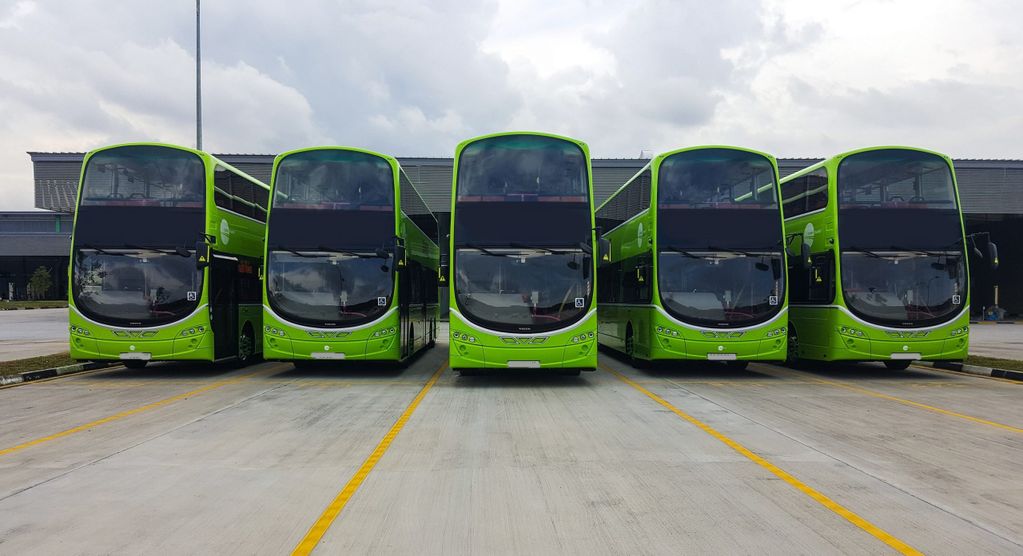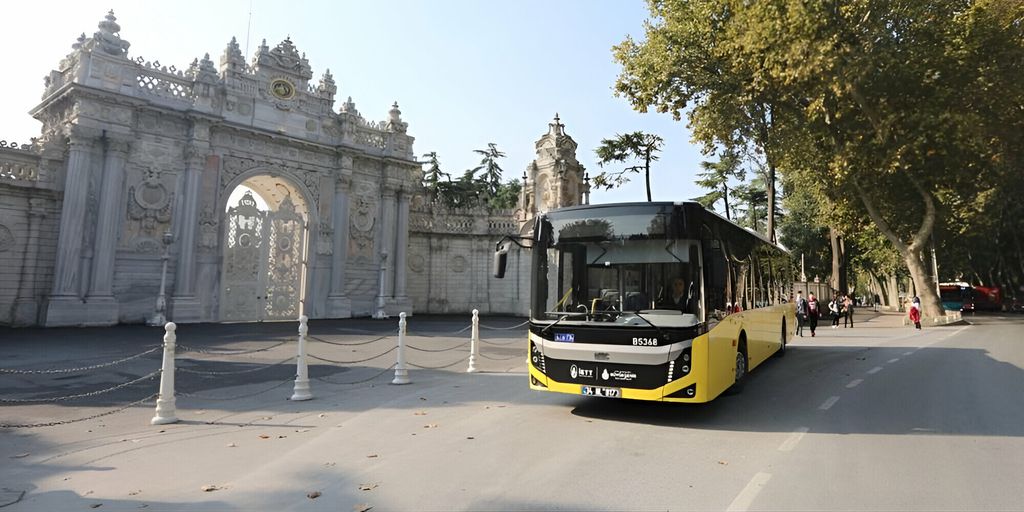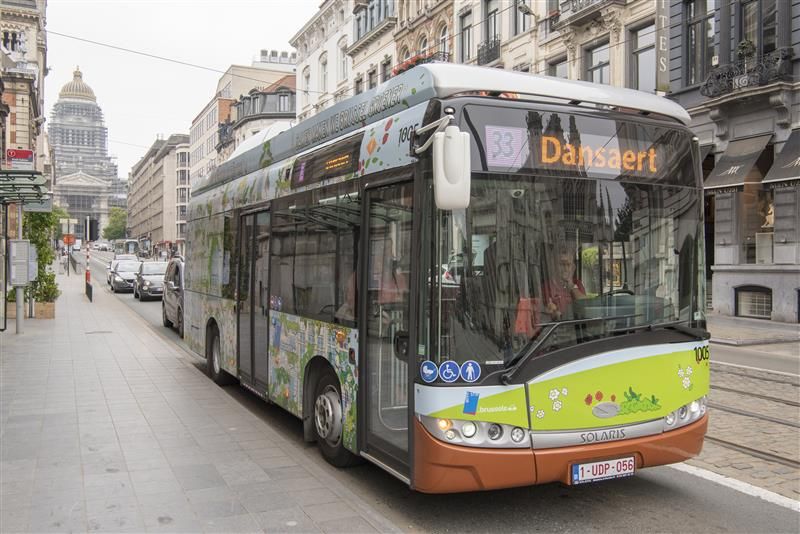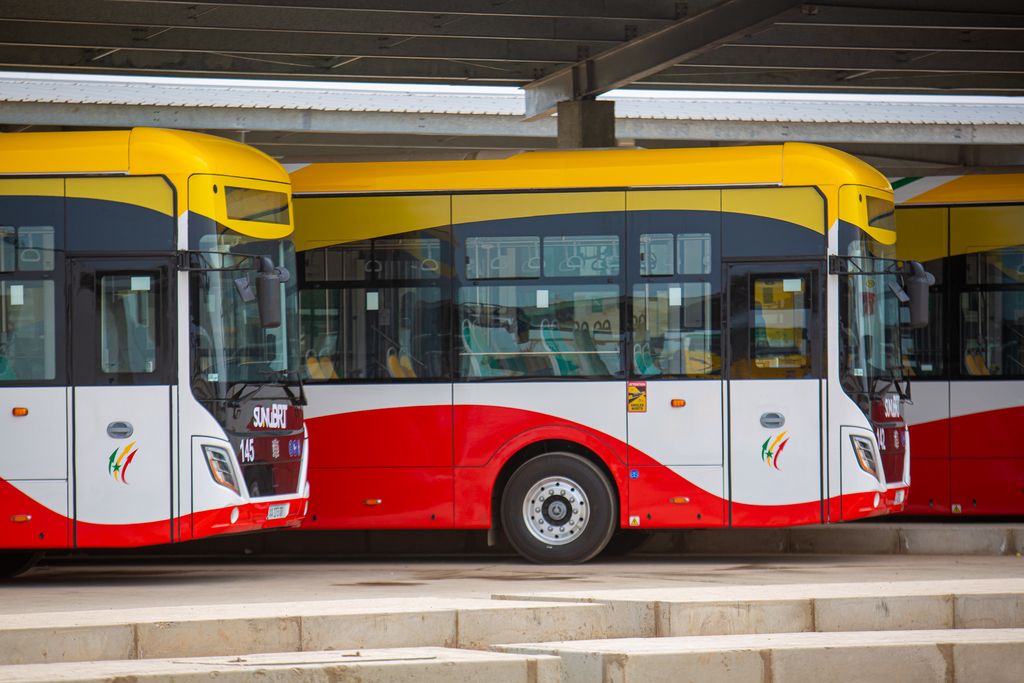
From Curitiba to Dakar: The leaders of Bus Rapid Transit
Discussing past, present and future
While the public transport system has evolved over the decades, Bus Rapid Transit (BRT) stands out as an artery for cities across the world. A powerful catalyst for the transformation of urban spaces, BRT provides a sustainable solution for accessible and efficient public transport, while reducing congestion and pollution.
Today cities across the world are investing in BRT solutions tailored to the needs of their environments. The need for cleaner, more efficient urban transport has resulted in over 200 active BRT systems globally today. These systems integrate automation, prioritise dedicated bus lanes, quick boarding, and efficient fare collection, resulting in reduced congestion, lower emissions, and more accessible transport.
The first modern BRT system was launched in Curitiba, Brazil in 1974, dramatically changing the public transport system, while creating a scalable model that was adopted globally. Fast forward to 2024 and Curitiba’s pioneering spirit is now paralleled by Dakar, Senegal, Africa’s first fully electric BRT.
Dakar’s 18.3 km network and fleet of 144 buses are fully powered by renewable and solar energy. Expected to serve 300,000 passengers daily, in half the average commute time, Dakar’s e-BRT system is a game changer for the city, easing congestion and reducing greenhouse gas emissions. Further, Dakar’s BRT is about more than just clean energy, its design prioritises diversity, equity, and inclusion.
A shared vision and commitment
Both Curitiba and Dakar highlight the powerful potential of BRT in driving sustainable, inclusive urban transport. Curitiba’s system, refined over decades, offers a flexible model, while Dakar is pioneering Africa’s first fully electric BRT. These two cities demonstrate how BRT can cut emissions, improve accessibility, and offer safer, more efficient transit, creating adaptable solutions for modern cities across Africa and beyond.
To better understand the past, present and future of BRT, we speak with two key figures; Luiz Lenz, CEO of CWBUS in Curitiba, Brazil, and Thierno Aw, CEO of CETUD in Dakar, Senegal. Their perspectives give us unique insights into how BRT systems are addressing urban challenges, expanding access and incorporating new technologies.
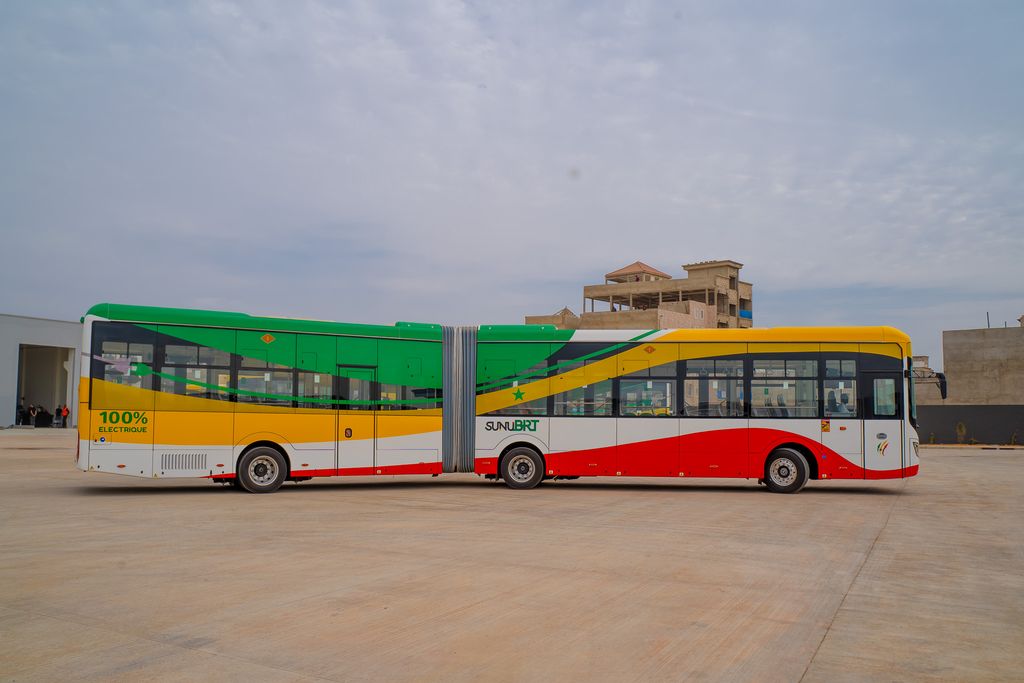
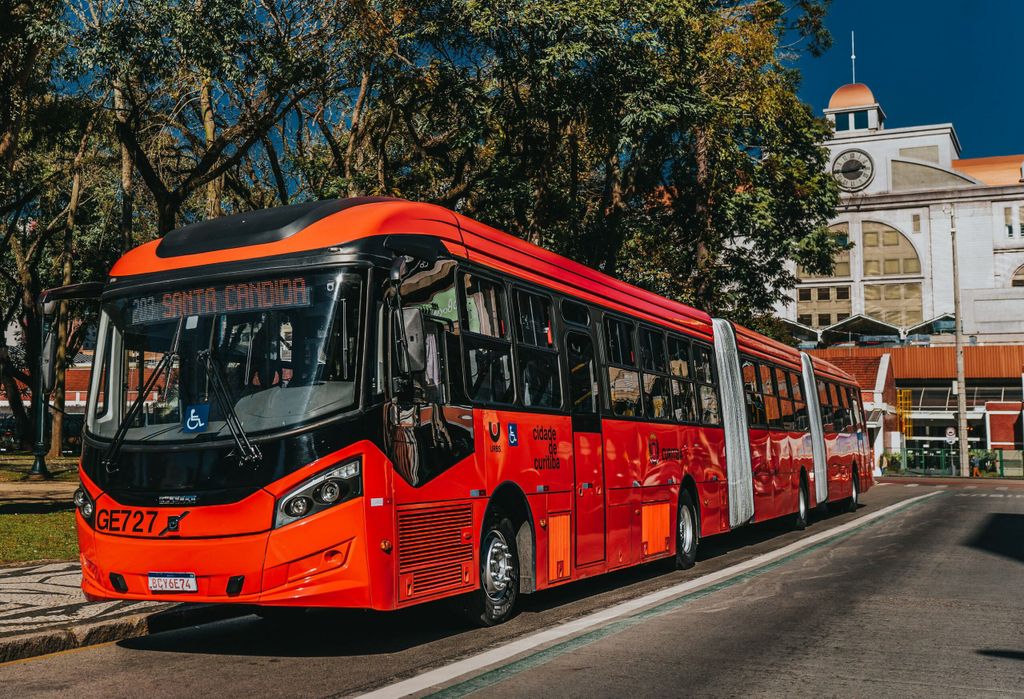
Luiz Lenz (Curitiba): Our BRT system is symbolic of Curitiba’s identity and commitment to urban mobility. When asked what they associate with Curitiba, residents rank the BRT with the city’s emblematic Araucaria tree. For 50 years, it has been a source of pride, known for its efficiency and quality, and remains vital to our building of a dynamic, equitable, and sustainable Curitiba.
Thierno Aw (Dakar): We’ve successfully created and launched Africa’s first fully electric BRT. This marks a pivotal moment for Dakar. Anticipated to carry 300,000 passengers daily, and cutting travel times from 90 to 45 minutes, this system represents much more than just transport—it will support Dakar’s growth while fostering sustainability and reducing emissions.
Luiz Lenz: I’d say that Curitiba’s biggest challenge has been attracting passengers. We’ve had to address the perception that BRT is only for low-income commuters. By evolving our system to align with today’s demands, like contactless payments, parking lot partnerships, and time-based fares, our aim is to make it a primary choice of transport for all of our residents.
Thierno Aw: In Dakar, we faced initial concerns about the impact on communities and the paratransit sector. Through extensive engagement, we’ve worked to make the BRT a fully- inclusive solution. We’re focused on addressing accessibility for all by ensuring safe pedestrian paths, cycle tracks, and bus designs for everyone, especially women, children, and people with disabilities. While some of our challenges are complex, our solutions truly set us apart.
Our BRT system is symbolic of Curitiba’s identity and commitment to urban mobility. For 50 years, it has been a source of pride, known for its efficiency and quality.
Luiz Lenz: We’ve worked hard to ensure Curitiba’s BRT complements our city’s urban planning by encouraging high-density development along BRT corridors. This has reduced the need for car commutes, which has eased congestion while promoting positive, sustainable urban growth.
Thierno Aw: Dakar’s BRT is designed to alleviate congestion by providing a swift and reliable alternative to private vehicles and minibuses. More importantly, it has connected outlying areas to the city centre, which fosters urban development which is fairer and more balanced.
Luiz Lenz: In Curitiba, bus operators collaborate closely with the public sector to uphold the BRT’s high standards. These partnerships allow us to implement innovation, which ensures the system remains relevant and accessible. Shared goals and continued investment in new technologies are fundamental.
Thierno Aw: Our partnerships are essential, especially with private operators who bring in expertise and investment. Building trust and transparency is critical to making these collaborations sustainable. The integration of the BRT with informal transport providers has required careful planning to ensure mutual benefit and smooth operations.
Built with accessibility best practices, women, children, and persons with disabilities can navigate our system safely and comfortably. Further, well-lit walkways, level boarding and pedestrian crossings enhance security for vulnerable groups, especially women, who often face safety concerns when using public transport.
Luiz Lenz: Curitiba’s BRT has been groundbreaking from the very start, and has continued to evolve. Today, innovations like time-based fares, contactless payment options, cleaner fuel alternatives, and real-time passenger information have kept our system modern and relevant. We believe that ongoing adaptation is key to sustaining the BRT’s role in traffic reduction, emissions, and accidents, creating a compelling alternative to private transport
Thierno Aw: Innovation is woven into the very fabric of Dakar’s BRT. Our fully electric buses, solar-powered energy, and smart systems align with global sustainability trends, making Dakar a green transport leader in Africa. Further, Dakar has a strong emphasis on providing a reliable, affordable service with competitive travel times. We also run ongoing awareness campaigns that showcase the environmental and economic benefits of choosing public transport. All of these advancements enable us to offer a high-quality, efficient alternative to private cars and minibus taxis.
Luiz Lenz: Curitiba’s BRT, though not fully electric, is totally committed to environmental sustainability. By 2030, we aim for 33% of our fleet to be zero-emission, with complete electrification by 2050.
Thierno Aw: Our BRT will set the standard for zero-emission public transport in Africa. We are optimistic about the future of electric buses and intend to expand this model to other routes, furthering our commitment to reducing emissions and pollution.
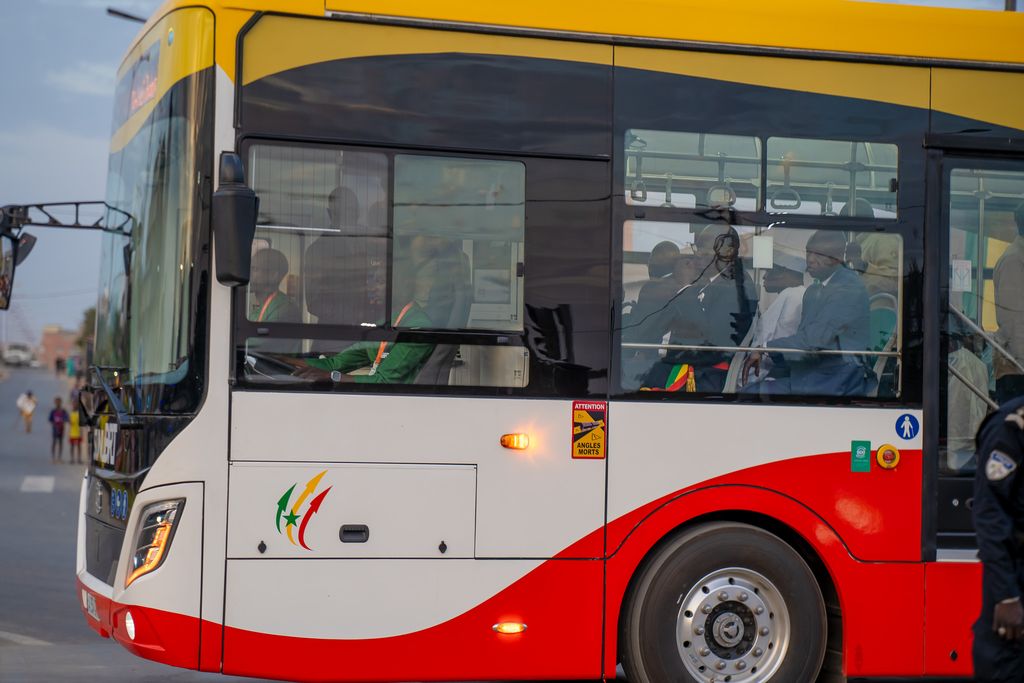
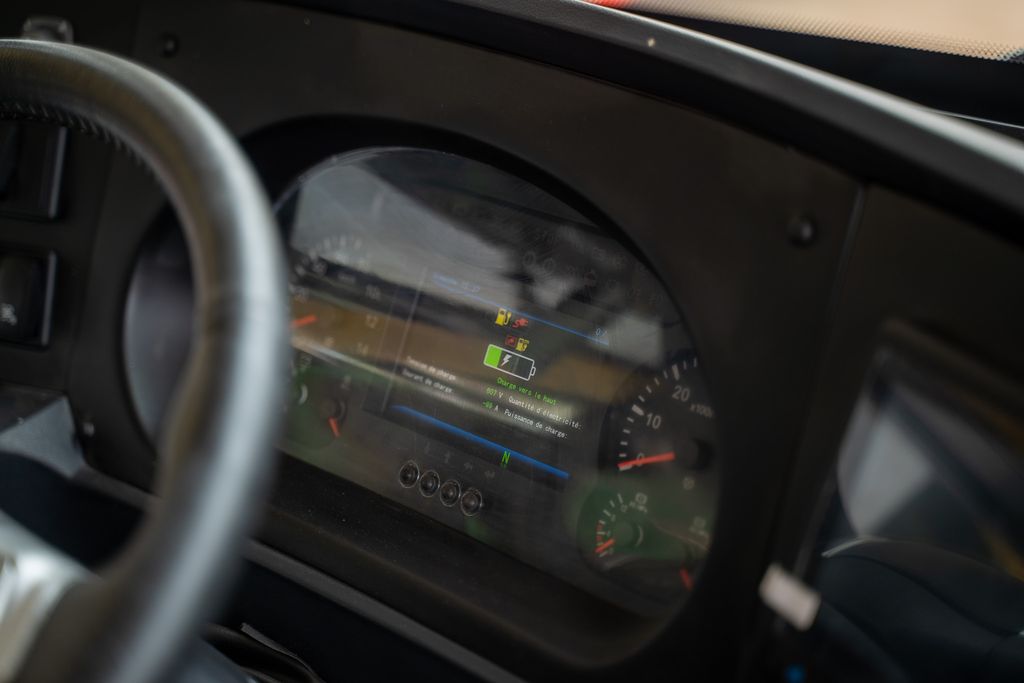
Luiz Lenz: We’re committed to actively engaging with our community on an ongoing basis to meet its diverse needs, and ensure our system provides a safe and welcoming environment for all.
Thierno Aw: An integral part of Dakar’s BRT foundation, the design of our stations and buses prioritise diversity, equity and inclusion. Built with accessibility best practices, women, children, and persons with disabilities can navigate our system safely and comfortably. Further, well-lit walkways, level boarding and pedestrian crossings enhance security for vulnerable groups, especially women, who often face safety concerns when using public transport. Our focus also extends to our operational goals, creating inclusive job opportunities.
Join the Conversation at UITP BRT Seminar in Curitiba
As we celebrate 50 years of BRT’s legacy, we invite you to the UITP BRT Seminar in Curitiba from 27–29 November 2024. Themed ‘Legacy of Innovation,’ this event will offer a unique opportunity to learn from Curitiba and Dakar’s experiences. Public transport operators, urban planners, and sustainability leaders will gather to share their experiences, forge partnerships, and chart a course for a future of efficient, sustainable, and accessible public transportation for all.
Let’s continue the BRT legacy of innovation. We welcome you to register for the UITP BRT Seminar in Curitiba and join the conversation now!

